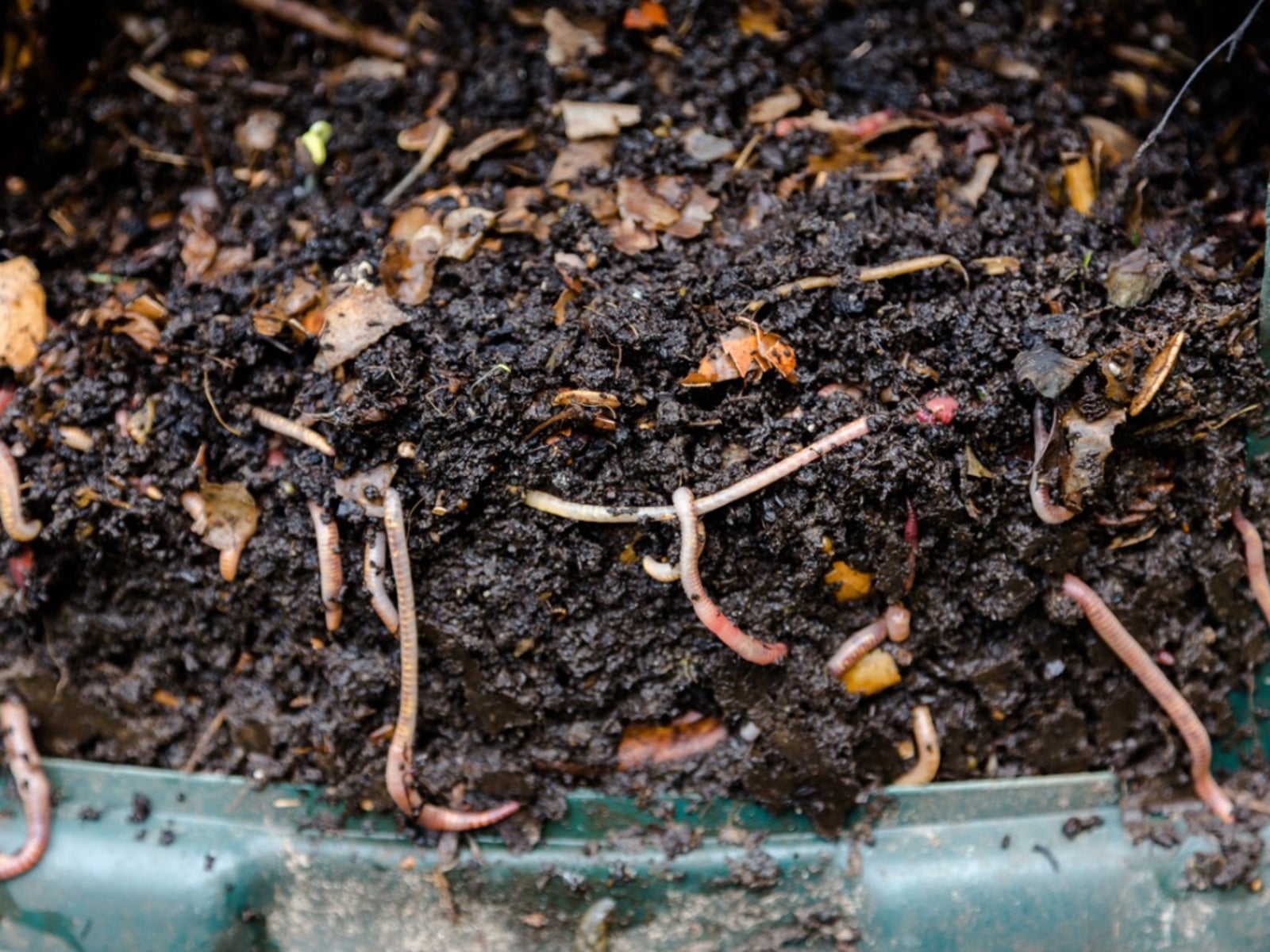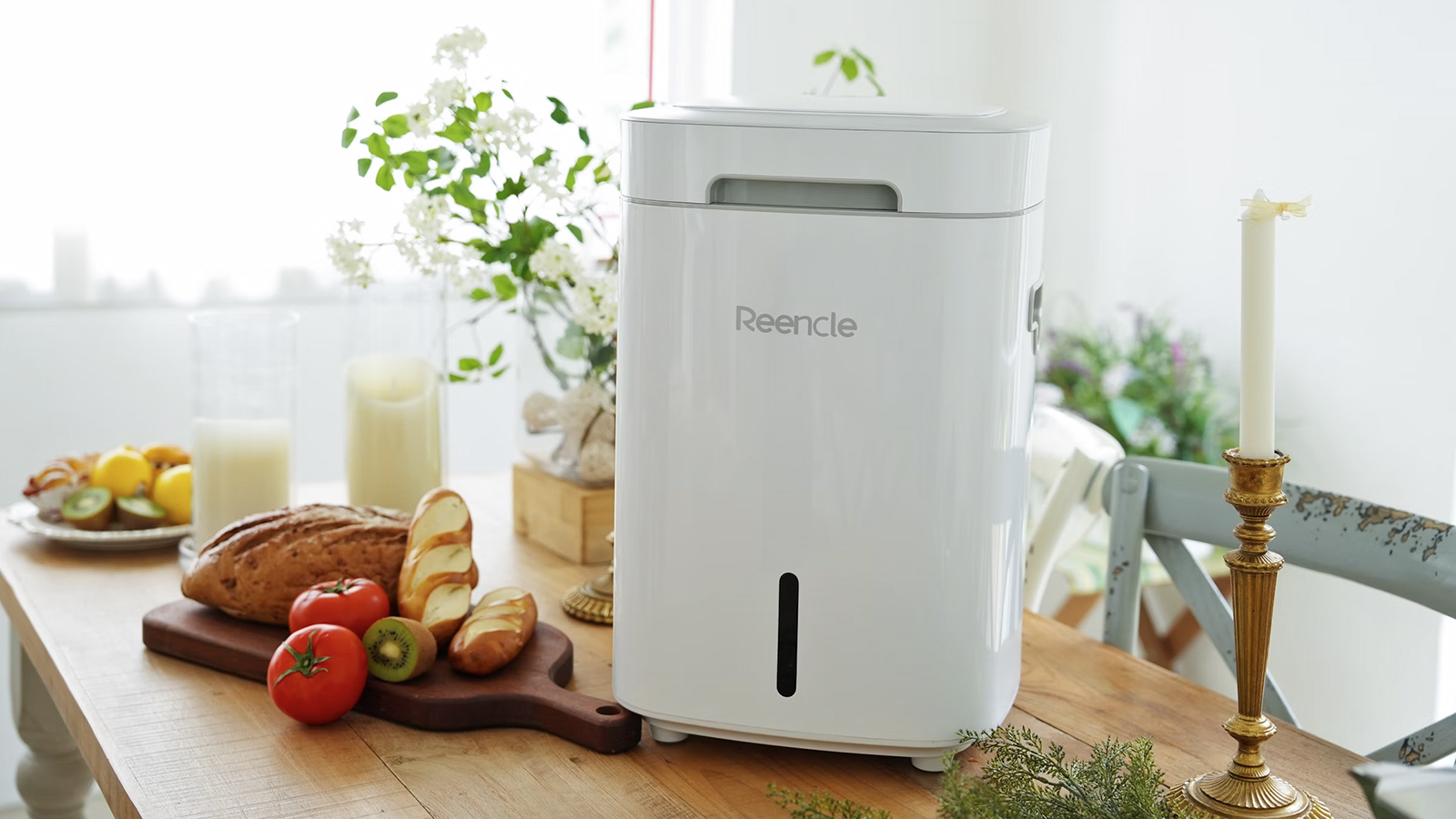Problems With Vermicomposting: How To Deal With Vermicompost Issues


Vermicomposting is the practice of using red worms to help break down food waste. The worms may be housed in a cardboard box, plastic bin, or wooden structure. The worms need bedding as a home, and the box must have holes in it for drainage and aeration. Earthworm vermicompost is the natural product yielded by garden worms. Also called castings, it's nutrient rich and provides excellent food for your plants. Learn how to deal with vermicompost issues to ensure healthy worms and rapid break down of your kitchen waste.

Reencle is the first electric composter to use an advanced microbial system to break down food waste that contributes to creating compost in just three weeks.
How to Deal with Vermicompost Issues
Worm bins are simple to make, but a few vermicomposting problems arise as a direct result of an incorrectly built bin. For example, if there are not enough holes, the interior will be too moist and the food scraps will rot. Drainage will also be inadequate and the worms could drown. The choice of bedding is also important to avoid problems with the delicate balance of the environment. There does need to be slight moisture and a moderate pH level. Paper and loose bedding, like shredded cardboard, tend to dry out too quickly. Peat moss has a low pH level that is not good for worm health. Outdoor earthworm vermicomposting relies upon the ability of the worms to move to suitable locations. Containerized vermicomposting relies upon you to provide the ideal habitat.
Vermicomposting Problems
Take care to position the worm bin where it is warm enough. The optimum temperature is 50 to 80 degrees F. (10-26 C.). Cut food scraps into small pieces that the worms can break down quickly and easily. This prevents moldy chunks in the compost. Worms can eat most food scraps that you or I might digest, but avoid greasy, smelly, and animal products. These types of foods may cause your castings to smell rotten, or the worms may not even break them down. Keep vermicomposting problems to a minimum by following the guidelines on container, site, moisture, and food scrap characteristics.
Pests in Vermicompost
Vermicompost may occasionally have gnats or flies hovering about. The gnats may be from soils that are too moist. The solution is to keep the lid off to dry the bin or reduce watering. You can also mix in extra bedding to distribute the moisture. Flies are attracted to the food itself. Overly large pieces of food or foods that are not buried in the bedding will pose an irresistible lure to flies. Other pests in vermicompost are not common, but outdoor bins may become the local hangout for beetles, sow bugs, and other insects that break down organic matter. Worm bins that carry a strong smell are also of interest to raccoons and certain other scavenging animals.
Worm Castings in the Garden
Once food has broken down into castings, the material is suitable for mixing into garden soil. Remove one-half of the reduced material and use in the garden. Save the other half as a “starter” and layer it over fresh bedding and add more food scraps. Vermicomposting problems are easy to avoid when you keep a constant temperature, moisture level, and use the right kinds of food scraps.
This article features products available from third-party vendors on the Gardening Know How Shop.
Gardening tips, videos, info and more delivered right to your inbox!
Sign up for the Gardening Know How newsletter today and receive a free copy of our e-book "How to Grow Delicious Tomatoes".

Bonnie Grant is a professional landscaper with a Certification in Urban Gardening. She has been gardening and writing for 15 years. A former professional chef, she has a passion for edible landscaping.
-
 Grow ‘Karl Rosenfield’ Peony Plants For The Ultimate Frilly Border Beauties And Cut Flowers
Grow ‘Karl Rosenfield’ Peony Plants For The Ultimate Frilly Border Beauties And Cut FlowersFor frilly double magenta peony petals infused with a heady fragrance, grow ‘Karl Rosenfield’ peony plants. Here’s how to cultivate the ultimate plushy blooms
By Tonya Barnett
-
 10 Common Composting Problems That Can Spoil Your Garden Gold – Plus Easy Fixes
10 Common Composting Problems That Can Spoil Your Garden Gold – Plus Easy FixesLearn how to troubleshoot common composting issues before they ruin your stash – from bad smells and bugs to materials not breaking down as they should.
By Susan Albert